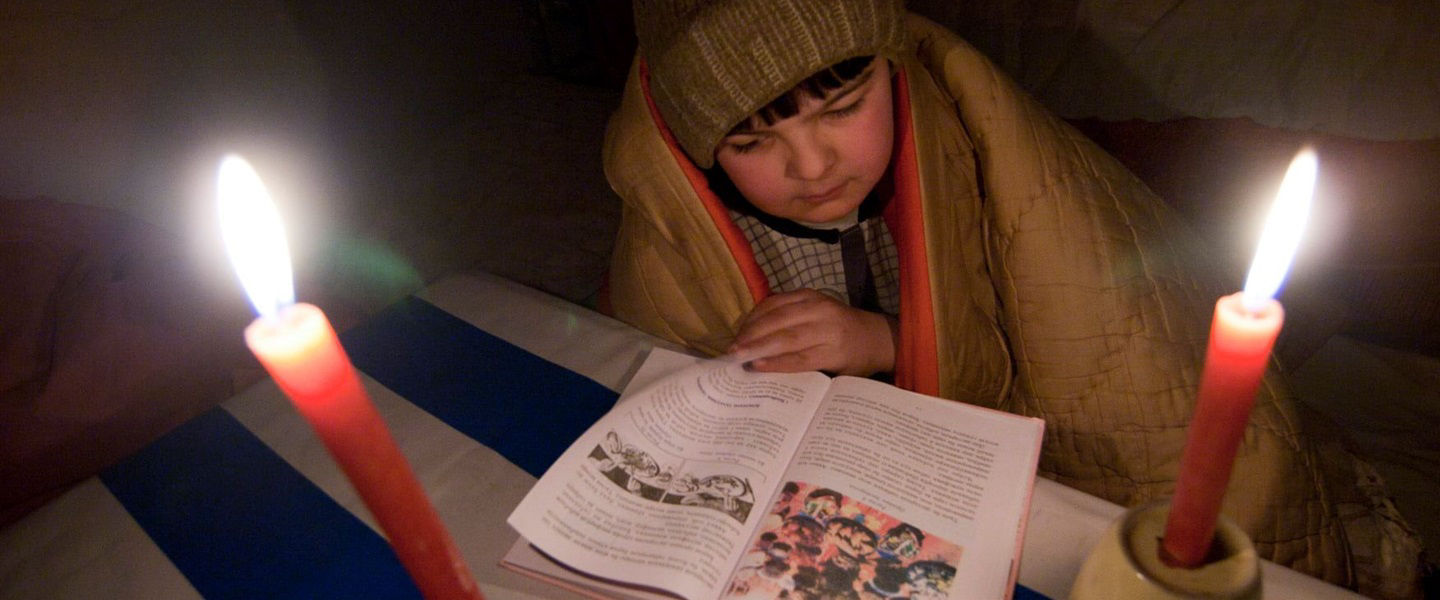Tajikistan, one of Europe and Central Asia’s poorest countries, has a unique opportunity to achieve energy security, spur economic growth, and improve people’s lives through the Rogun Hydropower Project (HPP), a major new source of clean electricity that is being built on the country’s Vakhsh River. But the scale of the project exceeds what Tajikistan can afford on its own. The World Bank and other development partners are supporting the country in completing the project, which has the potential to transform Tajikistan’s economy while also benefiting the neighboring countries of Central Asia.
The Rogun HPP will become the main pillar of Tajikistan’s electricity system, providing 10 million people with better access to affordable, reliable, and sustainable electricity. And with about 70% of the energy generated to be exported to Kazakhstan and Uzbekistan, it will serve as an anchor for a regional electricity market in Central Asia, alleviating energy shortages as demand grows and supporting the shift toward renewable energy. The project’s large reservoir is also being built in line with regional water-sharing agreements: it will help neighboring countries mitigate the risk of flooding and access a more reliable water supply for irrigation and domestic use.
But Tajikistan needs help from the World Bank and other international partners to ensure that the Rogun HPP becomes economically viable, addresses environmental and social issues, and operates transparently. Partners’ support in financing the project can keep it from tying up too much of the government’s budget, diverting resources from economic development and critical services like health and education. This support can also lower the country’s risk of debt distress, which could jeopardize its growth potential.
As a first step, the World Bank and Asian Infrastructure Investment Bank have funded technical assistance to help set up the project’s financing framework, build government capacity to manage the project, strengthen dam safety and other technical aspects of construction, and plan for environmental and social risks—as well as the ways that the project’s revenues can benefit Tajikistan’s people.
For a full list of World Bank project documents, visit the World Bank’s project page.
Key Documents
Project Appraisal Document (November 19, 2024)
Project Information Document (October 1, 2024)
Environmental and Social Commitment Plan (October 1, 2024)
Environmental and Social Review Summary (October 1, 2024)
Stakeholder Engagement Plan (October 1, 2024)
Resettelement Framework (June 23, 2024)


